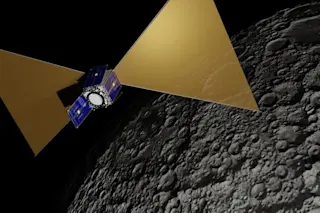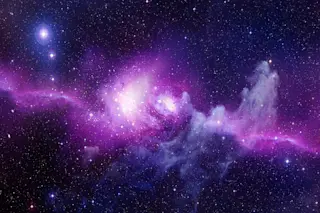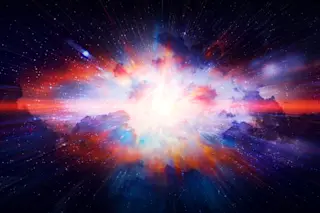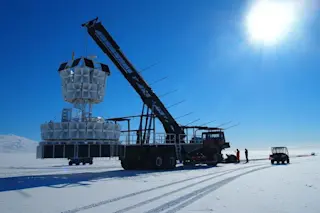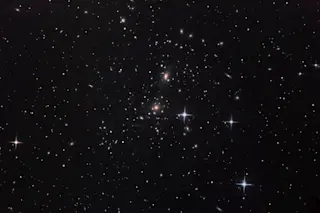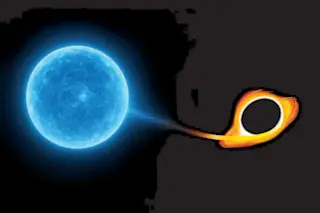Theoretical cosmologist isn’t one of the more hazardous occupations of the modern world. The big risks include jet lag, caffeine overdose, and possibly carpal tunnel syndrome. It wasn’t always so. On February 17, 1600, Giordano Bruno, a mathematician and Dominican friar, was stripped naked and driven through the streets of Rome. Then he was tied to a stake in the Campo de’ Fiori and burned to death. The records of Bruno’s long prosecution by the Inquisition have been lost, but one of his major heresies was cosmological. He advocated that other stars were like our sun, and that they could each support planets teeming with life. Orthodox thought of the time preferred to think that Earth and humanity were unique.
These days, cosmologists like me may be safer, but our ideas have grown only more radical. One of the most controversial but widely discussed concepts in the field resembles a ...






